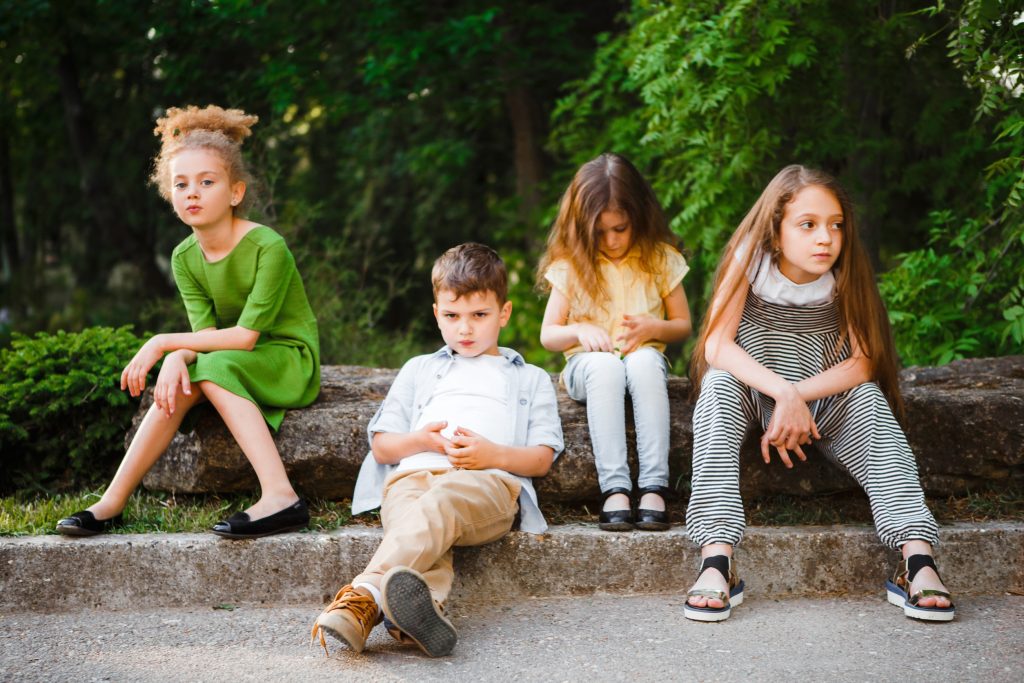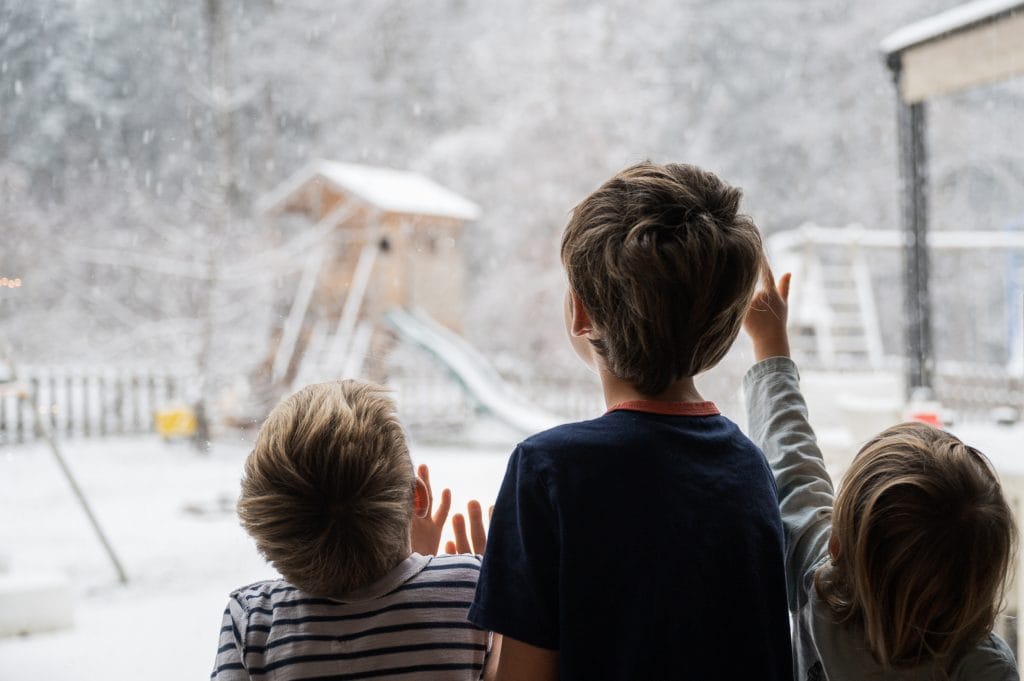
Flying with toddlers is a special kind of adventure. It’s the moment you realize that everything you thought you packed, prepped, and planned might still not be enough. There’s just something about tiny humans in big airports that guarantees unpredictability, spontaneous meltdowns, and occasional magic. If you’ve ever boarded a plane with a diaper bag full of snacks and hope, only to exit it covered in cracker dust and sweat, you know exactly what this journey looks like. Here are 11 honest truths about flying with toddlers that every parent can relate to—and laugh about later.
1. You Will Overpack, and Still Forget Something Important
Flying with toddlers triggers an ancient parenting instinct to bring everything but the kitchen sink. Somehow, despite your Mary Poppins-level bag stuffing, you’ll still forget wipes, socks, or that one toy they “can’t live without.” You’ll remember it just as the plane takes off. But don’t worry, toddlers are resourceful and will likely be content playing with a napkin, your boarding pass, or a plastic cup.
2. Security Lines Are Where Time Stands Still
TSA checkpoints with toddlers are like obstacle courses designed to test your patience, balance, and ability to keep shoes on tiny feet. While you’re trying to fold the stroller with one hand and hold your squirming child with the other, your bag is getting flagged for suspicious quantities of applesauce pouches. The people behind you will either offer a knowing smile or pretend not to notice. Either way, expect to leave security already needing a nap.
3. Toddlers Don’t Understand Boarding Zones
Your toddler hears “Now boarding Group A” and translates it to “Run wildly toward the airplane with abandon.” Holding them back during boarding announcements requires Olympic-level strength and at least one bribe. Try to explain the concept of assigned seating, and you’ll get a blank stare followed by a demand to “go now.” Flying with toddlers turns waiting at the gate into an extreme sport.
4. Window Seats Are Both a Blessing and a Curse
A window seat sounds like a great idea—until your toddler insists on climbing over two strangers to go potty three times in one hour. Yes, the view is fascinating for 12 seconds but then comes the obsession with opening and closing the window shade 40 times. Still, it can be a good distraction and occasionally buys you a few minutes of peace. If you snag one, bring wipes for the fingerprints.
5. Snacks Are Currency
When flying with toddlers, snacks become a form of bribery, distraction, entertainment, and emotional support. You’ll never regret bringing more than you think you need. Just know that your child will absolutely reject their favorite snack at 30,000 feet and demand the one you didn’t bring. Pack variety, and never underestimate the power of an emergency lollipop during takeoff.
6. Screen Time Rules Go Out the Window
That “no screens before lunch” policy you’re proud of? It quietly disappears somewhere over Kansas. A tablet filled with shows, apps, and games can save your sanity and make fellow passengers silently thank you. You might even find yourself humming along to a theme song for the entire descent. No guilt allowed—surviving the flight is the mission.
7. Diapers Will Leak or Pants Will Be Peed
No matter how well you plan, some sort of bodily fluid will escape containment. Airplane bathrooms are tiny, turbulence is tricky, and toddlers are unpredictable. You’ll question your life choices as you attempt to change a diaper at 35,000 feet with one elbow pinned to the wall. Bring extra clothes (for both of you), and prepare for creative problem-solving.
8. Naps Happen on Their Own Terms
The moment you schedule your flight around nap time, your toddler will decide to skip it completely. Or, they’ll fall asleep just as the plane lands and wake up furious. Sometimes they sleep like angels, other times they scream through turbulence. Flying with toddlers teaches you to surrender control and just roll with it.
9. Other Passengers Will Surprise You
You’ll encounter sympathetic travelers who offer help, toys, or smiles. You’ll also meet people who clearly believe toddlers should travel by teleportation instead. Try not to stress over every noise your child makes. Most people get it, and the rest can put in their noise-canceling earbuds and carry on.
10. Your Toddler Will Say Something Loud and Embarrassing
Whether it’s pointing out a bald passenger with a “Why his head shiny?” or loudly announcing “I tooted!” during a silent moment, toddlers love public commentary. Flying brings out their inner stand-up comic with no filter. Just laugh it off, offer a quick apology if needed, and remind yourself that one day this will be a funny story.
11. The Arrival Feels Like a Major Victory
When the wheels touch down and you’re finally off the plane, you’ll feel like you just completed an intense parenting marathon. It doesn’t matter how chaotic the flight was—you made it. Flying with toddlers may be exhausting, but it builds memories and stories you’ll tell for years. That post-flight snack, snuggle, or meltdown on the baggage carousel? Just part of the journey.
Laugh, Learn, and Keep Boarding
Flying with toddlers isn’t about perfection—it’s about patience, humor, and accepting the unpredictable. You’re doing something brave and bold, and whether it goes smoothly or not, you’ll come out with a little more parenting wisdom. So pack the snacks, prep the games, and buckle up for the ride. You’ve got this, even if your toddler eats pretzels off the floor.
What’s the funniest or most unexpected thing your toddler has done while flying? Share your best travel story in the comments!
Read More:
The Secrets to Stress-Free Travel: 12 Tips for a Seamless Vacation








